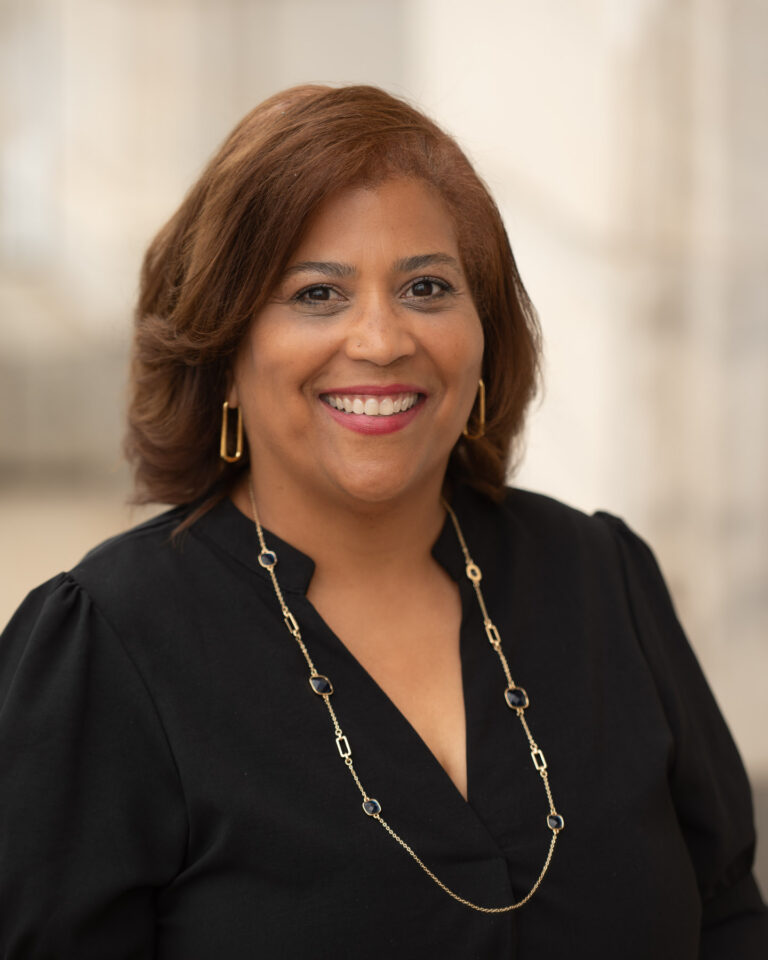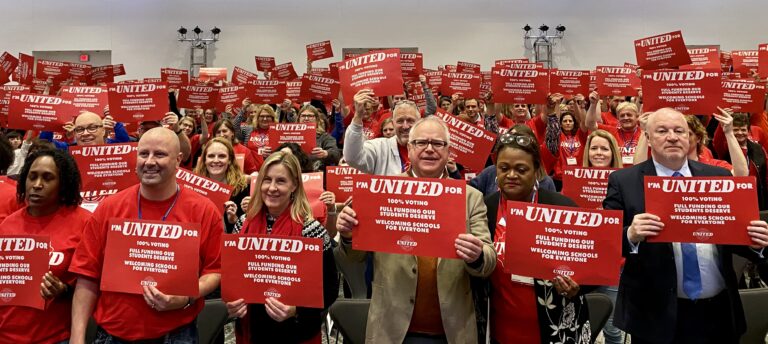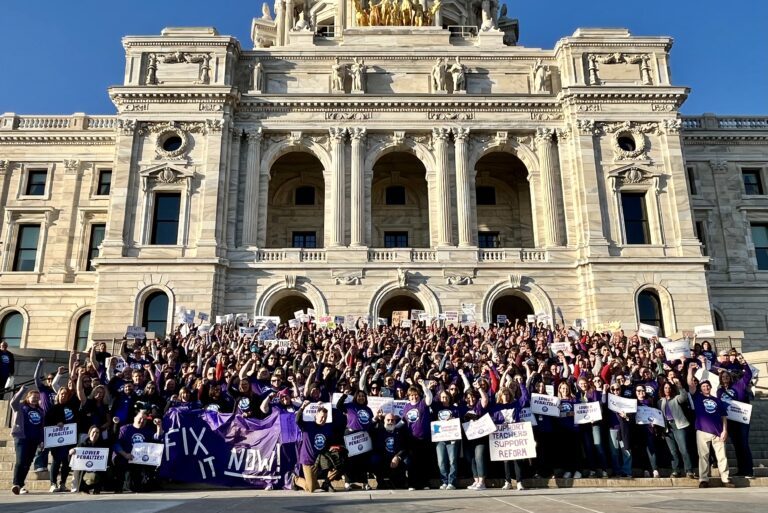PAC dues support local election assistance
The Education Minnesota Political Action Committee is funded by $30 donations from members, separate from dues, and goes towards building political power through supporting pro-public education, pro-labor candidates and elected officials at all levels of government.




